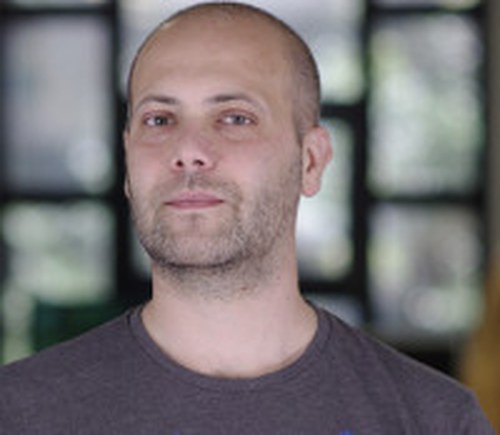Contatto di riferimento: Prof. Emanuele Domenico Giordano
About the Speaker
Gianluca Selvaggio is a PhD Candidate at the MIT Portugal, where he worked for the last five years at a project entitled "Seeking general principles in the design of defense systems against hydrogen peroxide." He joined the PhD Student MIT Portugal Program as a M. Eng. (Biomedical), earning his degree from the University of Bologna - Campus of Cesena with full marks. He was a member of the 2008 UniBO international Genetically Engineered Machine (iGEM) competition team, winner of the "Best experimental measurement award."
His current research aims to study the Peroxiredoxin/Thioredoxin/Thioredoxin Reductase (PTTR) system and its characteristics. The purpose of this work is to uncover the general principles of how organisms exploit the properties of reactive oxygen species (ROS) for regulation of other protein while avoiding their deleterious effects. This goal has been reached using dry-lab (mathematical modelling, image processing and acquisition, electronics and automation, programming) and wet-lab (molecular cloning, flow cytometry, confocal microscopy, zebrafish husbandry) technical skills and competences.
Abstract
Living cells implement complex computations on the continuous environmental signals that they encounter. These computations involve both analogue- and digital-like processing of signals to give rise to complex developmental programs, context-dependent behaviours and homeostatic activities. In contrast to natural biological systems, synthetic biological systems have largely focused on either digital or analogue computation separately. Here analogue and digital computation is integrated to implement complex hybrid synthetic genetic programs in living cells.
A framework for building comparator gene circuits to digitize analogue inputs based on different thresholds is presented. Comparators can be predictably composed together to build band-pass filters, ternary logic systems and multi-level analogue-to-digital converters. In addition, these analogue-to-digital circuits can be interfaced with other digital gene circuits to enable concentration-dependent logic. This hybrid computational paradigm will enable new industrial, diagnostic and therapeutic applications with engineered cells.
